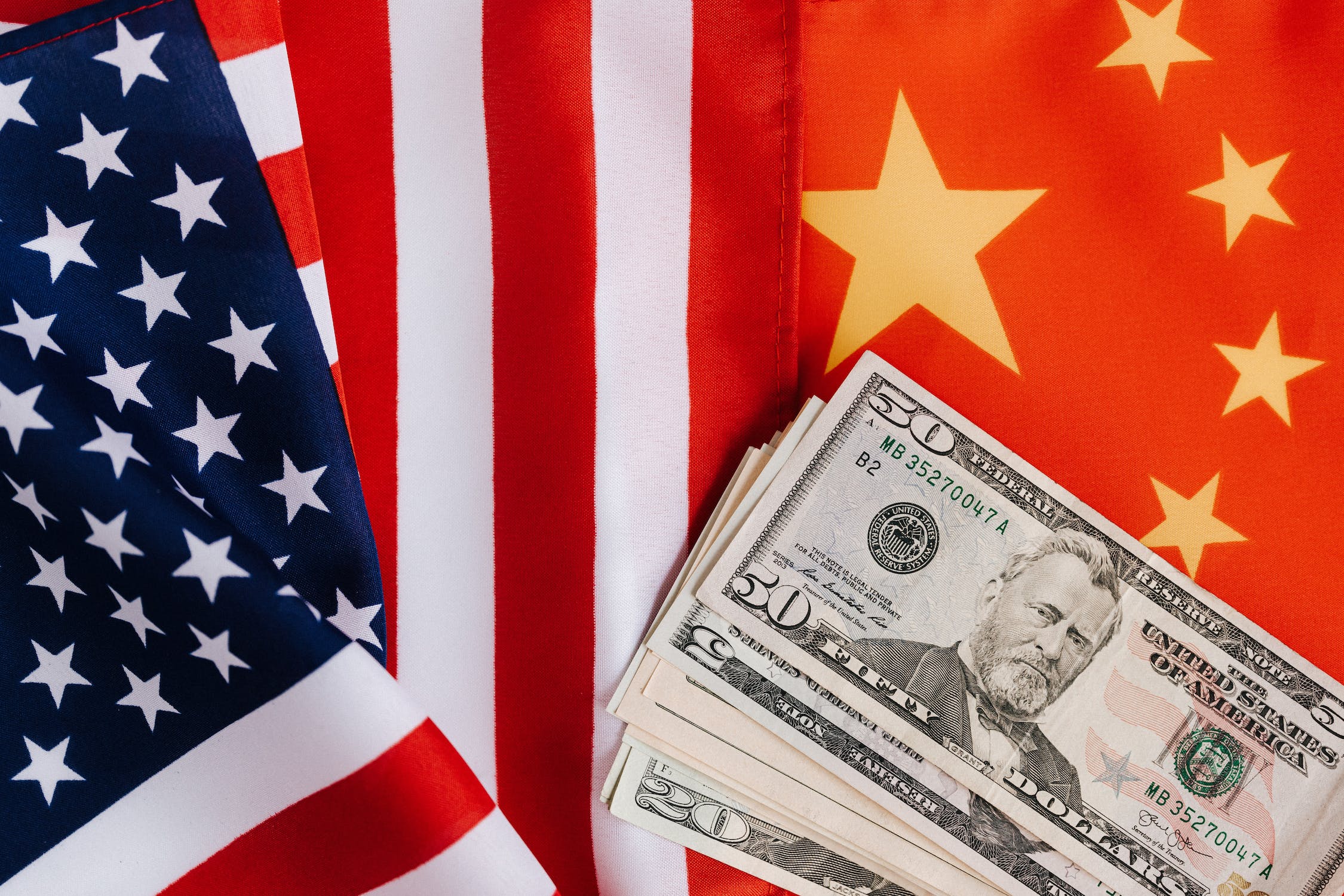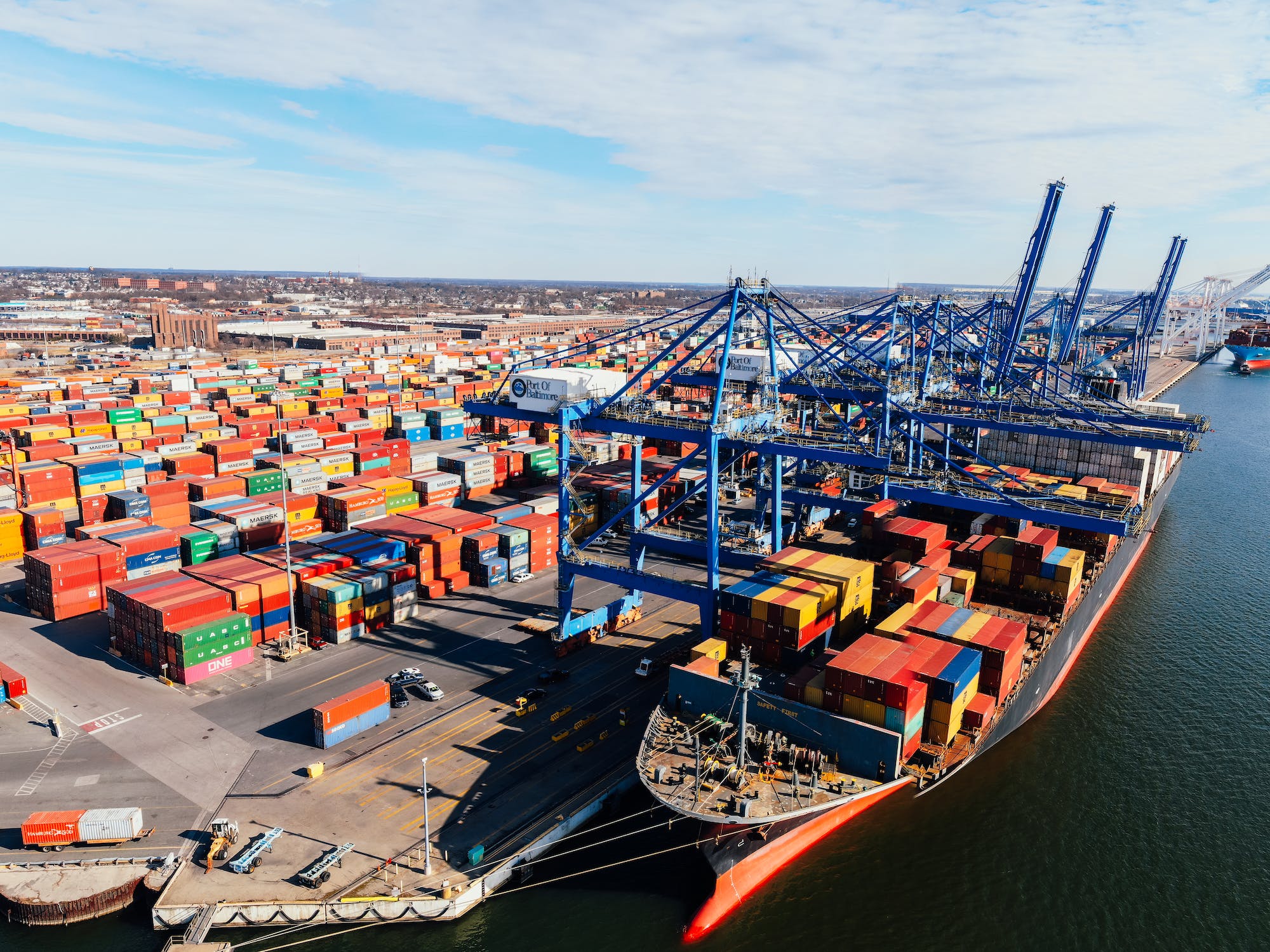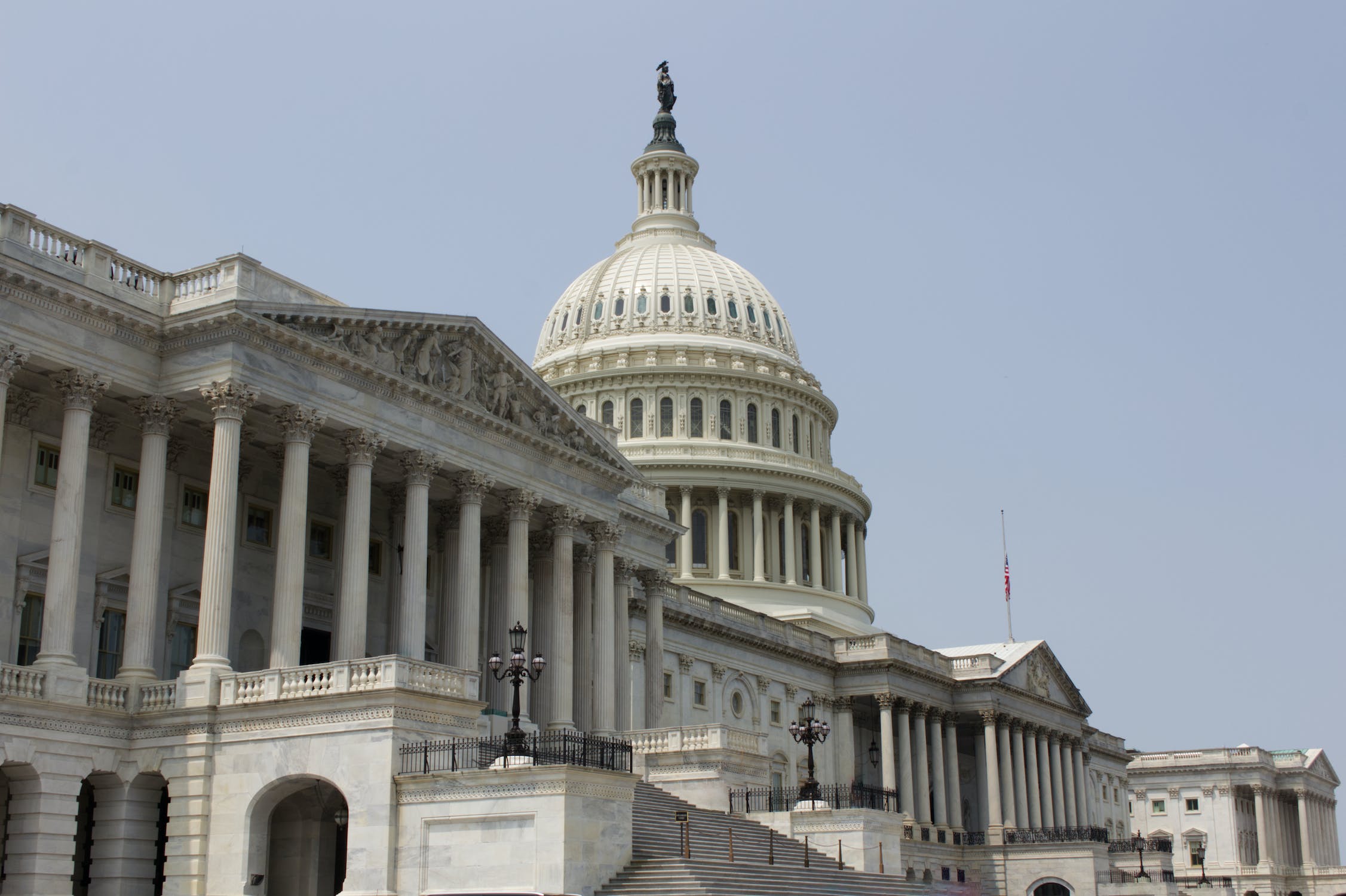China is no longer the biggest importer of goods to the United States for the first time in more than two decades. Instead, that title goes to one of the country’s neighbors: Mexico.
On Wednesday, the U.S. Commerce Department revealed that the value of goods imported to the U.S. from Mexico rose nearly 5 percent from 2022 to 2023, while the value of Chinese imports fell to 20 percent (via ABC News).
The Relationship Between China and the U.S. Is Strained

Mexico became the leader in importing goods to the U.S. for the first time after tensions between Washington and Beijing started to rise, and the U.S. became important from sources close to home.
According to the Associated Press, Beijing has fought aggressively on trade and made ominous military gestures in the East, which has strained the country’s economic relationship with the U.S.
The U.S. Set Tariffs on Chinese Imports

This tension between the U.S. and China started in 2018 during the Trump administration. Although tariffs were placed on Chinese imports because of the allegation that Beijing’s trade practices violated global trade, the Biden administration continued to retain those tariffs.
This decision made it clear that the U.S. opposed China’s choices, and would continue to hold those tariffs no matter who took office.
U.S. Wants to Import From Friendly Shores

Since the U.S. is no longer interested in engaging with China for imported goods, the government encouraged companies in the homeland to seek suppliers in allied countries for offshoring production (“friend-shoring”).
Another alternative is for companies to return to manufacturing in the U.S. (“re-shoring”), which would help with the supply-demand issues that the U.S. experienced after the COVID-19 pandemic.
Why Is the U.S. Moving Away from China?

China specialist at the conservative American Enterprise Institute Derek Scissors told AP that the biggest drops in Chinese imports are computers, electronics, chemicals, and pharmaceuticals, all politically sensitive categories.
“I don’t see the U.S. being comfortable with a rebound in those areas in 2024 and 2025,” Scissors said, predicting that the China-Mexico reversal on imports to the United States likely “is not a one-year blip.”
Why Is Mexico a Go-To Trade Partner

While some companies have returned to creating and distributing goods in the U.S., the cheaper option is still to import from other countries. Mexico has been one of the prominent sources in the U.S. shift away from Chinese factories.
The USMCA trade agreement offers tariff reductions and streamlined customs procedures for goods traded between the U.S., Mexico, and Canada. This incentivizes companies to produce in Mexico for the U.S. market.
There Are Some Chinese Manufacturers in Mexico

Some Chinese manufacturers have established factories in Mexico benefiting from the growing relationship between the U.S. and China, according to AP. These factors are exploiting the 3-year-old U.S.-Mexico-Canada Trade Agreement.
This agreement allows for duty-free trade between the three countries in North America for many products.
Mexico Is Leveraging Their New Position

Mexico is trying to strengthen new statutes as it becomes the U.S. go-to importer. Mexican President Andrés Manuel López Obrador said that it would make it hard for the U.S. to close the two countries’ border to limit immigration.
“The negotiation is proposing closing the border,” Obrador said (via AP). “Do you think Americans, or Mexicans, but especially Americans, would approve of that? The businesses wouldn’t take it, maybe one day, but not a week.”
The Effects of the U.S. Shifting Away from China

According to AP’s discussion with Scissor, the U.S. shift away from Chinese goods could reflect the wariness the countries have about Beijing’s economic policies under President Xi Jinping.
During COVID-19 lockdowns, Xi implemented his intense laws which caused the Chinese economy to a standstill in 2022, and the current economy is struggling to grow as companies start filing for bankruptcy. Xi’s officials raided foreign companies in apparent counterespionage investigations.
China’s Economy

Recently, Evergrande, one of China’s largest real-estate developers, was ordered by the Hong Kong courts to liquidate. Owing almost $300 billion, the Chinese company’s demise is a result of China’s economic struggles since the COVID-19 pandemic-related restrictions were lifted.
To help aid the recovery, China is also looking to make products they typically imported at home, like semiconductor chips for Chinese smartphone makers, making Apple’s sales plummet in the country.
The U.S. Economy

The U.S. is also struggling right now with its economy. While debt is growing faster than the economy thanks to the U.S. spending too much money, interest rates spike.
However, current reports show that jobs and wages are increasing across the country, and the value of the U.S. dollar is increasing. This productivity growth might help ease the tensions of inflation.
Looking Toward the Future

China and the U.S. are big trading partners as they dominate the global economy. The U.S. takes aim at a new direction, seeking to expand relationships with nearby countries.
Trade is important to China and helps strengthen its economy. The two countries’ relationship will face fascinating developments as Mexico’s presence grows dominant.
